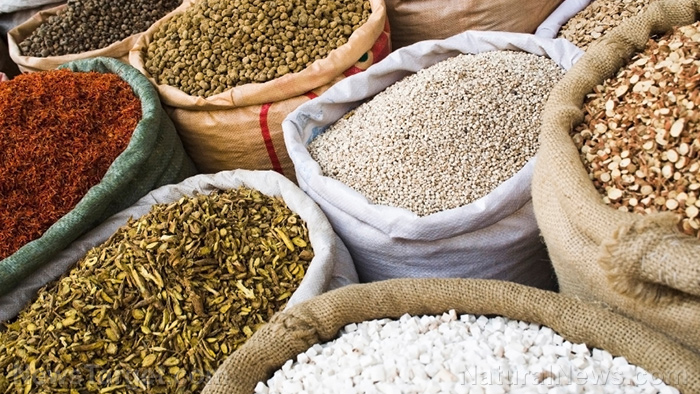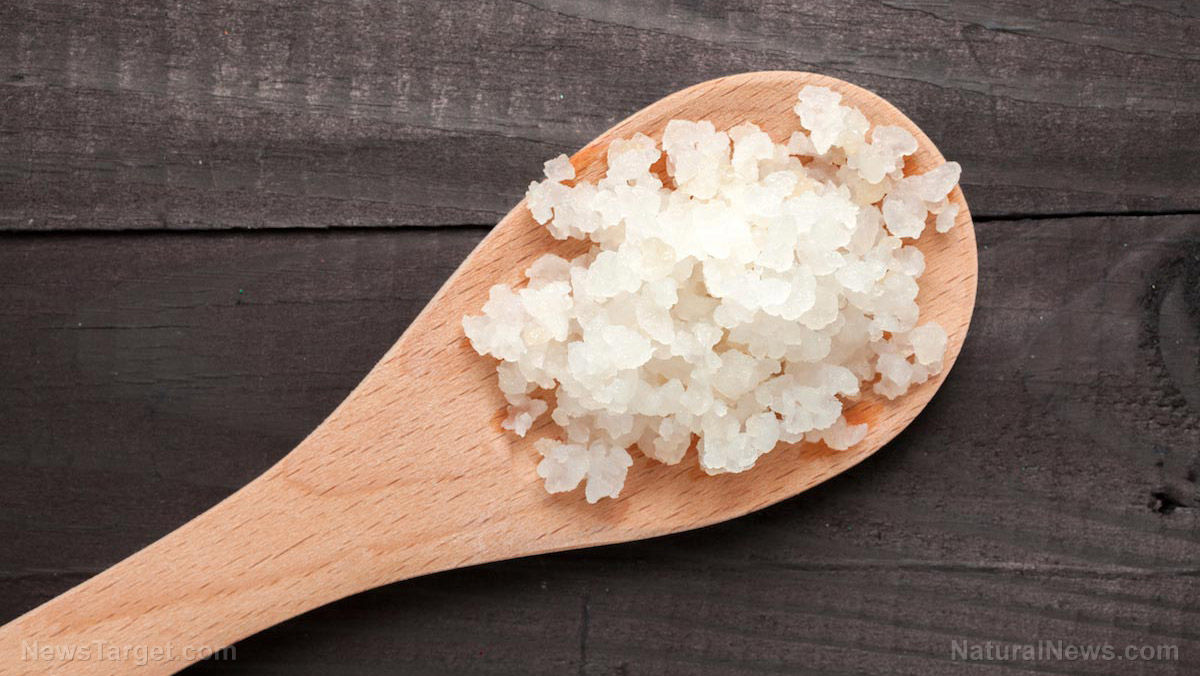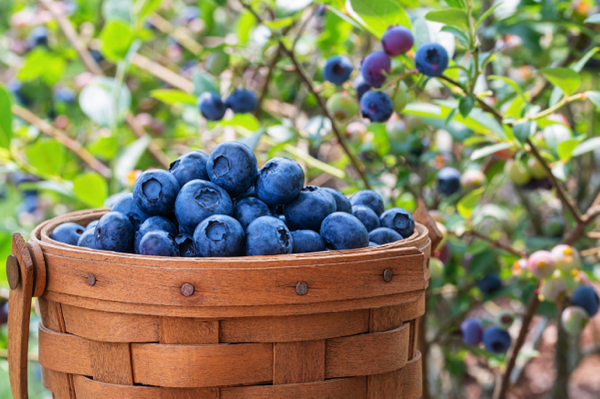
- Farro is rich in protein, fiber, B vitamins and essential minerals like magnesium, iron and zinc. Its low gluten content makes it easier to digest than modern wheat.
- One of the oldest cultivated grains, farro dates back over 10,000 years and was a staple in ancient Roman and Mediterranean diets before being revived in modern times.
- Farro supports digestion, stable blood sugar and energy metabolism due to its fiber and slow-digesting carbs. However, its phytic acid content may reduce mineral absorption unless soaked or sprouted.
- While naturally hardy, non-organic farro may contain pesticide residues (e.g., glyphosate) or heavy metals. Opt for organic and rinse before cooking for best results.
- Farro works well in salads, soups, grain bowls and even breakfast porridge, adding a nutty flavor and chewy texture to meals.
Brief history of farro
Farro is one of the oldest cultivated grains, dating back over 10,000 years in Mesopotamia and ancient Egypt. It was a dietary staple in Roman times, feeding both soldiers and civilians, before being overshadowed by modern wheat varieties. During the Middle Ages, farro remained a crucial food source in Mediterranean and Middle Eastern cultures, particularly in Italy, where it is still featured in traditional dishes today. Its renaissance in contemporary cuisine began in the late 20th century as interest in ancient grains surged due to their superior nutrition and sustainability.Nutritional profile
Farro is praised for its high fiber, protein and B vitamin content. Unlike refined grains, farro retains all parts of the kernel, ensuring maximum nutrient density and a low glycemic index (GI), which helps stabilize blood sugar. (Related: Study shows that a diet full of fiber and whole grains can help lower your risk of disease.) Farro's gut-friendly fiber supports digestion, while its slow-digesting carbs help maintain steady energy levels. Compared to refined grains like white rice or pasta, farro provides plenty of nutrients, such as:- High-quality plant protein (5–7g per cooked cup)
- Dietary fiber (up to 7g per serving) for digestive health
- B vitamins, especially niacin (B3) and thiamine (B1), for energy metabolism
- Magnesium, iron and zinc for immunity and nerve function
- Antioxidants like polyphenols and lignans, which combat inflammation
Culinary uses of farro
Farro's chewy texture and nutty flavor make it an excellent addition to:Salads
Farro pairs well with roasted vegetables, feta and citrus dressings.Soups and stews
Farro adds a hearty texture to minestrone or mushroom soups.Grain bowls
Combine with lentils, avocado and tahini for a protein-packed meal.Breakfast porridge
Cooked with almond milk, cinnamon and berries. This story is not medical advice and is not intended to treat or cure any disease. Always consult with a qualified naturopathic physician for personalized advice about your specific health situation or concern. Explore more health benefits of superfoods like farro and other natural ingredients at NaturalNews.com, your trusted source for wellness insights and nutritional knowledge. For cutting-edge tools to expand your understanding of natural health, try Brighteon.ai, an innovative AI model created by Mike Adams, the Health Ranger. This free, downloadable tool is designed to decentralize knowledge, bypass censorship, and empower individuals with actionable information. If you're passionate about nutrition, natural medicine and uncensored discussions, visit Brighteon.com, a free speech video platform, and join our vibrant communities on Brighteon.IO and Brighteon.social. Dive into open conversations about food, ingredients and holistic health today! Watch this video to know more about survival grains. This video is from the Cahlen channel on Brighteon.com.More related stories:
Is GLUTEN a worse food "criminal" than SUGAR? You be the judge.
CLEAN FOOD WATCH: 6 Foods that are likely to be contaminated with heavy metals.
Sources include: Brighteon.AI NaturalNews.com Brighteon.comStudy shows oral health could be key to preventing heart disease
By Cassie B. // Share
Common sense is now a conspiracy
By News Editors // Share
Kefir: The ancient superfood for gut health and beyond
By Ava Grace // Share
How yoga heals the diseased heart
By News Editors // Share
Blueberries: A nutrient-packed superfood for holistic wellness
By Laura Harris // Share
Warren Buffett: Trump tariffs risk global economic "act of war"
By willowt // Share
U.S. Health Secretary: Chemtrails are real and must be stopped
By sdwells // Share
Putin warns of potential nuclear escalation amid Ukraine conflict, accuses West of provocation
By bellecarter // Share
Farro: An ancient supergrain making a modern comeback
By lauraharris // Share










